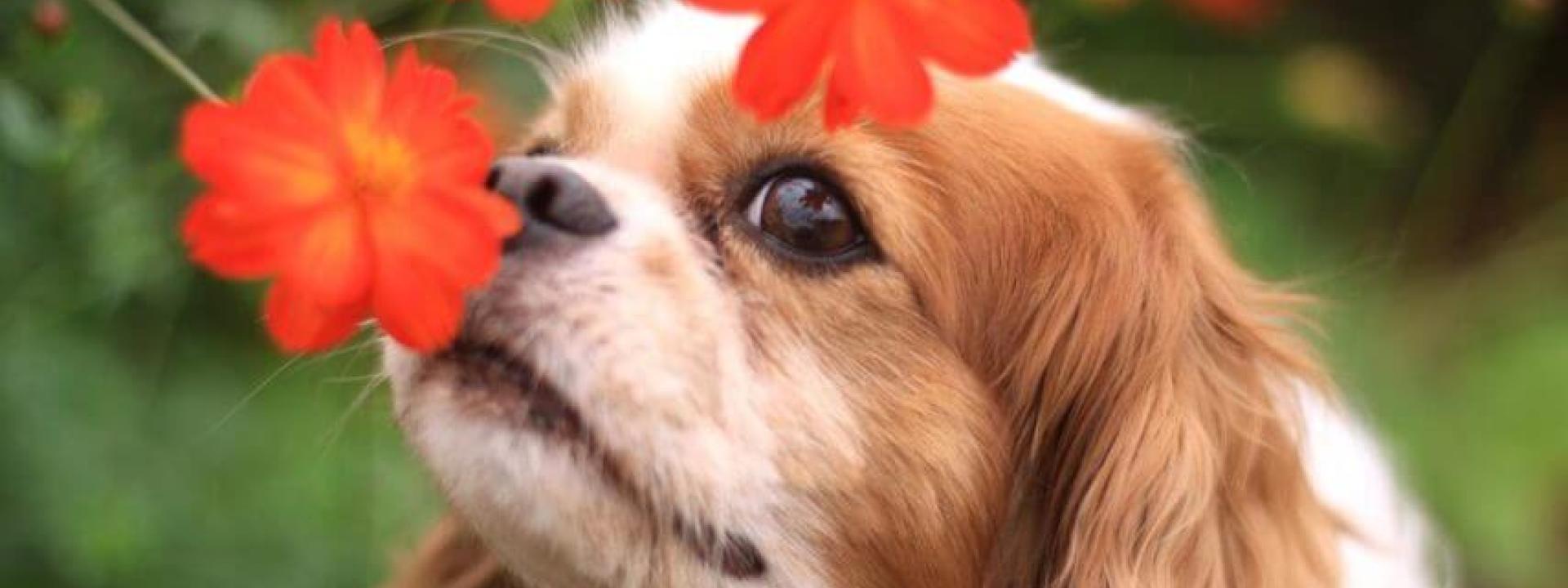Keep Your Pets Safe from Poisonous Plants
March 19th marks the first day of spring. As the weather begins to warm up you may get the urge to get outside and start planting. Or if you don’t fancy gardening perhaps you may decide to simply add some plants to the inside of your home. Spring is also a great time to go out hiking or on walks. However, with spring comes many plants that are toxic to pets. So, before you grab your spade, run off to your local nursery or head out for a hike, be sure you know which plants to avoid.
Iowa Wildflowers Poisonous to Pets
Poison Ivy

Wild Parsnip

Stinging Nettles

Visit this link to the Iowa Department of Natural Resources for more information about these plants.
When hiking or walking, if your dog is allowed to run off without a leash you cannot control what plants they come in contact with. Therefore, you should keep your dog on a leash. We also urge you to keep your cats indoors or create an outside enclosure to keep them safe. There are cat fences and catios such as those made by The Purrfect Fence. Or you can build your own such as shown by catiospaces.com. Some people have even managed to train their cats to walk on a leash. But this takes time, training and patience as covered in this video from the New York Times.
Toxic Garden & House Plants
Both toxic and safe plants for the house and garden are numerous. We will not try to list them all here. But you can access the lists from the ASPCA. The most important factor in choosing plants for your garden or home is to check first before adding any. If you have just moved into a new home find out if any of the plants in your garden are toxic. If any are toxic, you can either barricade your pet from them or put them out of reach. Or if necessary, remove them altogether. It is vital to keep your pet safe from toxic and life-threatening plants.
Fertilizers
Don’t overlook fertilizers! Most commercial fertilizers are toxic to pets. For example, they contain varying amounts of nitrogen, phosphorus and potassium (potash). These are indicated by the three numbers on the packaging, for example, 30-10-10. They may also contain minerals that can be toxic in large concentrations. Additionally, they may contain herbicides, pesticides, and fungicides which increases the risk of poisoning. While small amounts of fertilizer ingested may only result in mild stomach upset, larger amounts ingested can result in severe poisoning. Large amounts of meal-based fertilizers ingested may also form a concretion in the stomach resulting in a bowel obstruction or severe and painful inflammation of the pancreas. On the other hand, there are safe fertilizers you can use. One of the best is compost and if you make your own it’s free. Visit gardeningknowhow.com for more information on toxic fertilizers and safe fertilizers.
Common signs of poisoning to watch for:
- Nausea
- Vomiting (acute or delayed onset)
- Diarrhea
- Seizures
- Blood in the stool
- Lethargy
- Loss of appetite
- Bruising
- Nosebleeds
- Irregular heartbeat
- Inability to urinate
- Drooling
- Abnormal posture due to abdominal pain
- Difficulty breathing
- “Muddy” colored gums
If you think your pet was exposed to fertilizer or toxic plants contact us or Pet Poison Helpline for treatment recommendations.
Sincerely,
Dr. Tammy Stevenson

